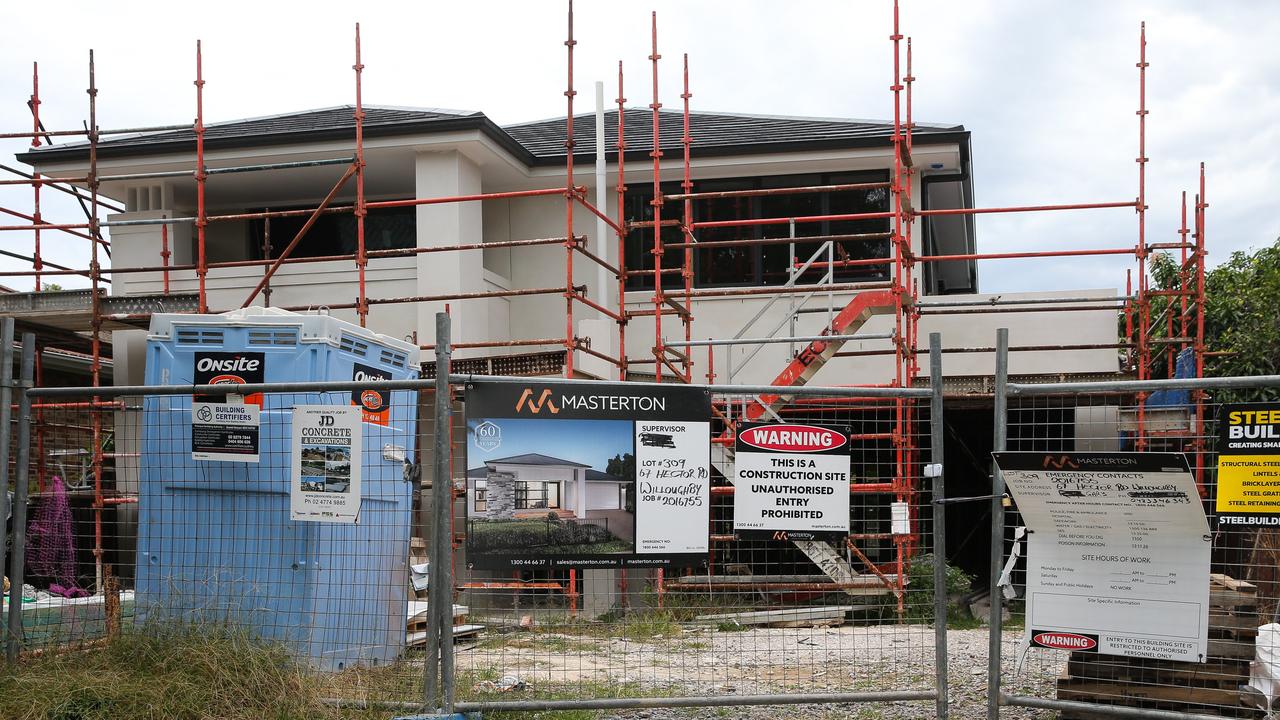Credit crunch, interest rates slowing economy - RBA
RESERVE Bank governor Glenn Stevens says tighter financial conditions, due to the global credit crunch and higher domestic interest rates, has helped slow domestic demand.
RESERVE Bank governor Glenn Stevens says tighter financial conditions, due to the global credit crunch and higher domestic interest rates, has helped slow domestic demand.
Mr Stevens said these developments were having a "dampening effect on demand", citing recent statistics on household spending and borrowing, as well as a significant decline in in credit approvals to businesses.
"In short, things are happening that suggest a moderation in growth in domestic demand is occurring, signs of which were beginning to appear in the national accounts data released last week,'' Mr Stevens told an American Chamber of Commerce lunch in Melbourne today.
But he said the extent and duration of the moderation remained uncertain.
Retail sales have fallen in three of the first four months of 2008, according to the Australian Bureau of Statistics.
Australian real gross domestic product (GDP) rose by a seasonally adjusted 0.6 per cent in the March quarter, and 3.6 per cent over the year to March.
Mr Stevens said Australia's terms of trade lift, due to the increase in resource prices, would have an expansionary effect of the economy due to fatter pay packets and larger shareholder profits.
It would also result in more government revenue "which in some cases they will spend, at least in part".
He said the terms of trade effect would "add more to demand than the higher commodity prices would take out".
"The expansionary terms of trade shock occurring now obviously would have the potential, absent some other adjustment, to be seriously destabilising," Mr Stevens said.
Mr Stevens said Australia's total rise in the terms of trade would by the end of the year, "be of the order of 65-70 per cent", in the five years since 2002.
"Some other countries are also experiencing significant terms of trade rises," Mr Stevens said.
"But few will have seen anything bigger than Australia's over a five-year period."
The terms of trade increase over the past five years had lifted the purchasing power of Australia's gross domestic product by about 13 per cent, Mr Stevens said.
Mr Stevens said both Australia and the US faced significant economic challenges.
Top of the list was not the issue of whether the US economy was searing recession, or the credit crunch, but inflation, Mr Stevens said.
"From Asia to Latin America to Africa, as well as in many of the industrial countries, we are hearing a lot more about inflation now," Mr Stevens said.
The central bank governor said Australia's inflation rate had risen "more that most of those in our usual peer group when measured ona comparable basis", with strong domestic factors at work.
"So inflation has picked up, and needs, over time, to be reduced," Mr Stevens said.
"Reductions of inflation usually require a period of slower demand growth, and this episode is no different."
He said supply disruptions have caused the price of food and oil to rise.
The supply of oil had also struggled to keep pace with demand, Mr Stevens said.
The tightening of monetary policy, which has seen the official cash rate rise to 7.25 per cent, had also played an important role, Mr Stevens said.
High interest rates sought to "head off further problems that could easily emerge given the expansionary effects of the terms of trade.
"This is why a tight monetary policy setting is essential," Mr Stevens said.
"This is why the Reserve Bank has lifted interest rates, even as the (US) Federal Reserve was reducing them."
Also, Mr Stevens said the high value of the Australian dollar had helped stem the rise in inflation.
"Had not the rise in the exchange rate occurred over the past couple of years ... the Australian dollar prices of energy and other raw materials (as well as other tradeable goods and services) would be even higher," Mr Stevens said.
"A higher exchange rate plays a very valuable role in dampening the expansionary impact, lowering prices for traded goods and services and spilling some demand abroad."
The Australian dollar reached a high of $US0.9654 on May 22 this year, a level not seen since the currency was floated.
In the minutes of the RBA board's May 6 meeting, the RBA said "members thought that the rise of the exchange rate over recent months had been less than might have been expected given the strength of commodity prices".



